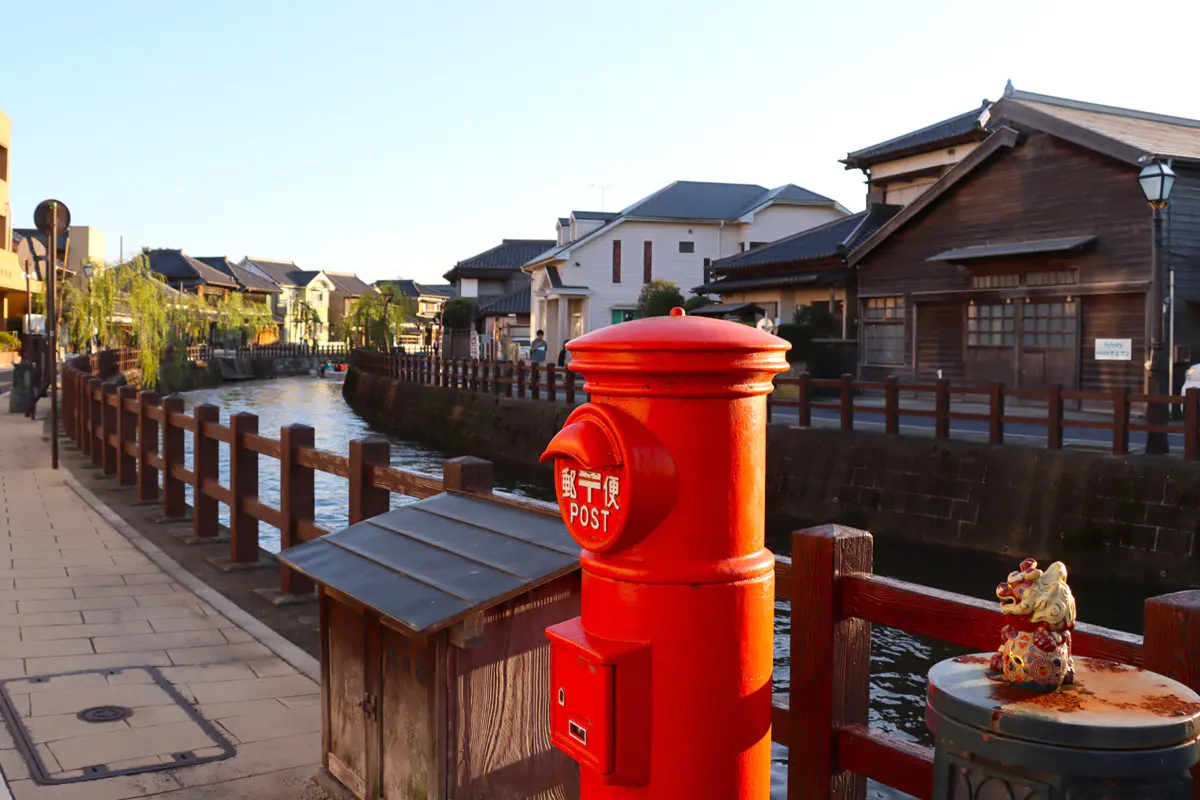How to Read Japanese Addresses: A Guide for Foreigners
Oct 10, 2025

Understanding the Japanese Address System
The Japanese address system is written in the reverse order of what you're likely used to in English. Instead of starting with a house number and ending with a country, it begins with the largest geographical area and narrows down to the specific building. Understanding this big-to-small structure is the key to confidently reading any Japanese address.
Japanese vs. Western Address Elements
| Japanese Address Element | U.S./Western Address Element | Explanation |
|---|---|---|
| Prefecture (Todofuken) | State | The broadest administrative division |
| City/Ward/Town/Village (Shi, Ku, Machi, Mura) | City or County | The local municipality under the prefecture |
| Chōme, Banchi, Gō | Street or Block Numbers | Represent block and lot numbers rather than street names |
The Basic Structure of a Japanese Address
A standard Japanese address is written in a specific order, starting with the largest geographical area and ending with the most specific location. Here are the components from top to bottom:
- Postal Code (〒, 7 digits)
- Prefecture (e.g., Tokyo-to)
- Municipality (City, Ward, Town, Village)
- Chōme (丁目) — City block
- Banchi (番地) — Block number
- Gō (号) — Building or house number
- Building Name and Room Number
Instead of starting with a specific building on a street, you begin with a large region and gradually zero in on your destination. Mastering this large-to-small order is the most important part of reading Japanese addresses.
Reading Prefectures and Municipalities
Prefecture Types
| Japanese Term | Usage | Example | Notes |
|---|---|---|---|
| 都 (to) | Used only for Tokyo | 東京都 (Tokyo-to) | Applies exclusively to Tokyo |
| 道 (dō) | Used only for Hokkaidō | 北海道 (Hokkaidō) | Applies exclusively to Hokkaidō |
| 府 (fu) | Used for Osaka and Kyoto | 大阪府 / 京都府 | Limited to these two prefectures |
| 県 (ken) | All other prefectures | 神奈川県 (Kanagawa-ken) | Most common form |
Municipal Units
| Japanese Term | Usage | Example | Notes |
|---|---|---|---|
| 市 (shi) | City unit | 横浜市 (Yokohama-shi) | Standard city designation |
| 区 (ku) | Two types | 渋谷区 (Shibuya-ku), 横浜市西区 (Nishi-ku) | 1) Wards of designated cities 2) Tokyo’s 23 special wards |
| 町 (chō / machi) | Smaller area within a ward or city | 浜松町, 日本橋本町 | Pronunciation varies by region |
Explaining Chōme, Banchi, and Gō
Once you've identified the larger city or ward, the next set of numbers—chōme, banchi, and gō—narrows the address down to a specific city block, lot, and building. Think of them as a set of coordinates that guides you to the final location.
| Japanese Term | Meaning | Example | Notes |
|---|---|---|---|
| Chōme (丁目) | Numbered subdivision of a town/district | 3-chōme | Divides larger neighborhoods into sections |
| Banchi (番地) | Block/lot number within a chōme | 5-banchi | Identifies specific blocks within a chōme |
| Gō (号) | Subdivision of a banchi | 10-gō | Specifies buildings or smaller units |
These numbers are typically written together and separated by hyphens, e.g., 3-5-10.
- Formal reading: san-chōme go-banchi jū-gō (saying the full name of each unit)
- Informal reading: san no go no jū (replacing hyphens with “no”)
While the formal way is technically correct, you will almost always hear the informal “no” version in everyday conversation.
Putting It All Together: A Real-World Example
1) Official Japanese Format
〒150-0002
東京都渋谷区渋谷2丁目21番地1号 渋谷ヒカリエ 10階
2) Breakdown & Reading
- Postal Code: 〒150-0002
- Prefecture: 東京都 (Tōkyō-to)
- Municipality: 渋谷区 (Shibuya-ku)
- District: 渋谷 (Shibuya)
- Address Numbers: 2丁目21番地1号 (2-chōme 21-banchi 1-gō)
- Building & Floor: 渋谷ヒカリエ 10階 (Shibuya Hikarie 10-kai)
3) International English Format
10F Shibuya Hikarie, 2-21-1 Shibuya, Shibuya-ku, Tokyo 150-0002, Japan
Common Sticking Points for Foreigners
- Lack of Street Names: Unlike most Western addresses, the Japanese system is not based on street names. Locations are pinpointed with chōme–banchi–gō.
- Building & Room Order: The order reverses between Japanese and English.
- Japanese: Building Name → Room # (e.g., Mori Tower 205)
- English: Room # → Building Name (e.g., Apt 205, Mori Tower)
- Varying Kanji Pronunciations: The kanji 町 might be read chō in one city and machi in another.
The Japanese Postal Code (〒)
Japanese postal codes are seven-digit numbers used to identify specific areas. When filling out online forms or arranging deliveries, entering the postal code will often auto-populate the rest of the address, making the process much more convenient.
Understanding Addresses for Your Property Search
- Pinpoint Your Desired Area: Accurately select neighborhoods that match your lifestyle, commute, and schooling needs.
- Use Japan Property Effectively: On Japan Property, select a target prefecture—such as Tokyo, Osaka, or Hokkaidō—to browse listings. If you're familiar with the geography, narrow your search by train lines, station names, or specific municipalities.
Summary
Japanese addresses are written from the largest area to the smallest—the reverse of most Western formats. Instead of street names, they use a system of chōme, banchi, and gō to identify locations. Understanding how to read them will help you navigate daily life and search for property in Japan with greater confidence. With Japan Property, finding your ideal home is simple and stress-free.